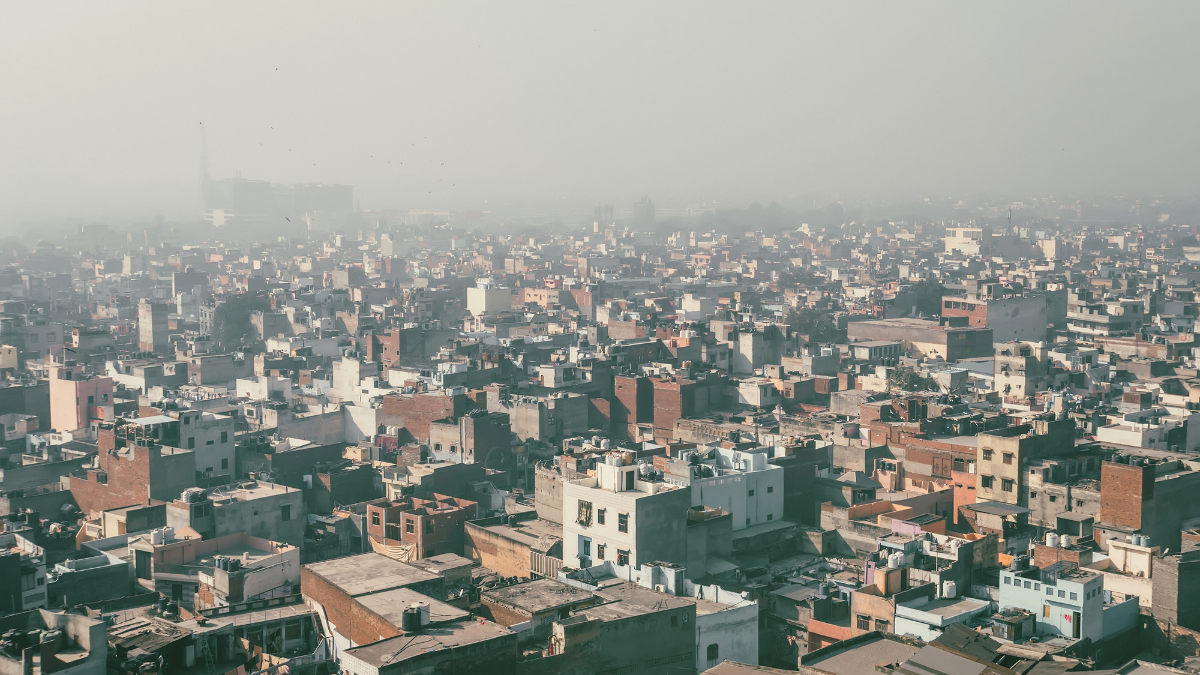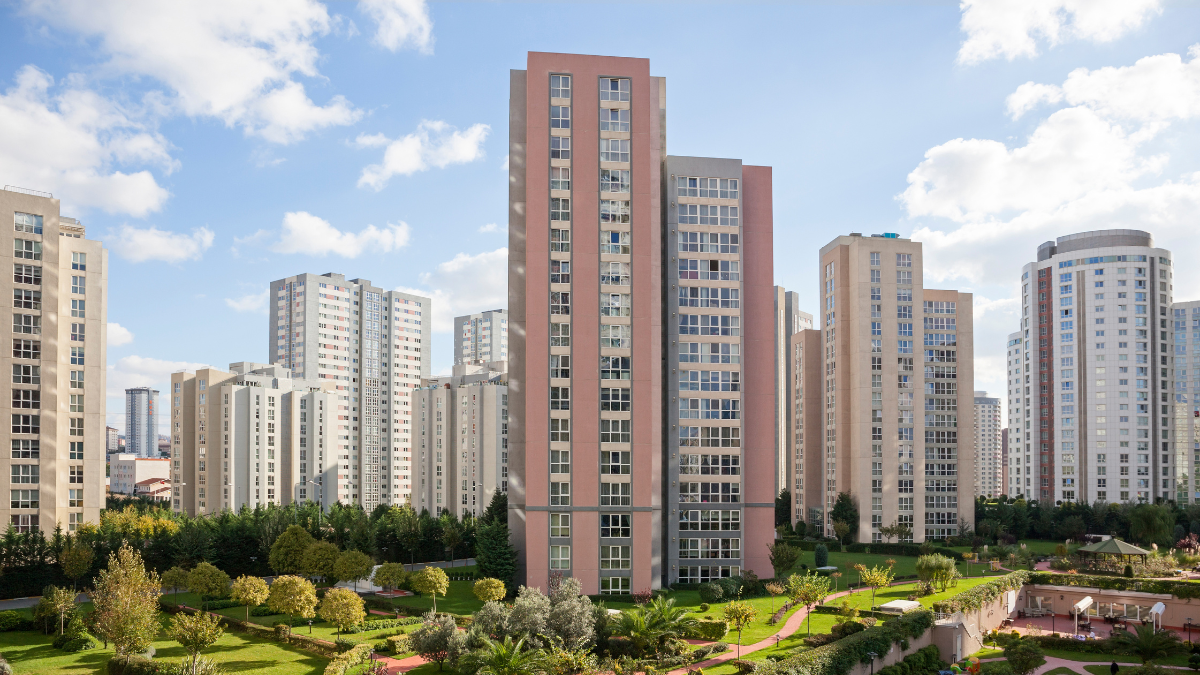
Stamp duty calculations in Noida to be as per carpet area
December 4, 2021 . Real-Estate Industry . 10 min readThe Noida Authority as of late ordered that registration of apartments ought to be based on their carpet area. The move might carry genuinely necessary relief to homebuyers who had requested that registration of flats ought not to be dictated by their super area, which permitted a few developers to raise the expense of an apartment. Notwithstanding, to get the advantage of stamp duty calculation based on carpet area, the state government issued a notification.
What is the new stamp duty rule?
The new rule mandates the registration of flats based on their carpet area rather than the super area.
While developers and a few purchasers have welcomed the order, others said further explanation is required. Likewise, it is not yet clear whether the rule will assist in bringing down costs for homebuyers.
This request by the Noida Authority will offer a lot of relief to homebuyers as it will lessen their registration fee cost for the apartments and subsequently bring down their overall property acquisition cost.
This will save Rs 1 lakh to Rs 2.5 lakh per purchaser, contingent upon the size of the apartment. A few buyers said the fight to pay the right stamp duty on the specific area of the flat has borne fruit and the sub-registrar of Noida Authority cannot constrain purchasers to pay excess stamp duty.
The Supreme Court had given a notification to Noida Authority in this regard on October 25.
The Real Estate Regulatory Authority (RERA) had as of now ordered before that developers should sell flats dependent on their carpet area rather than the super built-up area. Nonetheless, while developers did mention the carpet area of the flat, there was vagueness when it came to registering them, which was for the most part charged dependent on the super area.
With this request now, outright clearness has been given and homebuyers are set to profit from this.
After the introduction of RERA rules, most developers have effectively switched to these guidelines and have updated their prices. As per the president of the CREDAI Western UP, assuming we look at the ground reality, this will not be bringing any distinction whatsoever to the general apartment cost or the income acquired by the government registration department and the government exchequer.
The Uttar Pradesh Stamp and Registration Department of Noida is prepared to execute this request assuming the Noida Authority has ordered that the registration of a flat be done based on the carpet area. Notwithstanding, right now both the records (on super area and carpet area) are being registered. Having said that, assuming someone needs to sell a flat registered as per super area premise before RERA in 2016, wherein the deed just notices super area, that must be done. Presently, there is an arrangement for both. The registries are executed based on records given by the Noida Authority, purchasers, and the developers.
In April 2021, Haryana RERA had said that the sale of property based on the super area would be treated as a fraudulent/unfair trade practice by the promoter. The conveyance deed – an agreement where the seller transfers all rights to the legal owner – too should be executed on carpet area premise as it were.
According to the Haryana RERA Act, which came into power in 2017, developers are permitted to sell property based on actual carpet area but due to ambiguous definitions, they often evaded this necessity. Prior to the Real Estate (Regulation and Development) Act, 2016 came into existence, there was no legal description for the term carpet area. The Act gives specific/concrete meaning of carpet area, which has tended to the vagueness and uncertainty in this regard.
What is the difference between carpet area and super built-up area?
The Real Estate (Regulation and Development) Act, which came into being in 2016, unmistakably explains that the cost of a flat is to be determined via carpet area and not super area.
The Act defines carpet area as “the net usable floor space of a flat, barring the area covered by the external walls, areas under services shafts, exclusive balcony or veranda region and exclusive open terrace area, yet incorporates the area covered by the interior partition walls of the flat.”
Basically, a carpet area is that part of a flat that can be utilized to lay a carpet. It doesn’t include the lobby, lift, stairs, and play areas.
Segment 4 of the Act says that each promoter ought to apply to the RERA for registration of a real estate project and give, in addition to other things, the carpet area available to be purchased in the project, alongside the area of the balconies or exclusive open terraces with the apartment.
A housing society comprises different common areas. While purchasers need to pay a month-to-month maintenance charge for the upkeep of these spaces, they additionally need to pay out cash for a proportionate part of these spaces at the time of purchase.
Developers typically add the loading factor, or built spaces not exclusively allocated to the purchaser, to the carpet area to come up with the super built-up area. This often incorporates the corridor, lift lobby, lift, and now and again, even amenities like pools, gardens, clubhouses, and tank spaces. This gives clients the feeling that they are purchasing a huge apartment.
What is the likely advantage for homebuyers?
The new rule should result in homebuyers paying less for apartments and lower stamp duty.
A condo with a super area of 1,200 to 1,300 square feet valued at Rs 2,000 for every sq. ft. would cost Rs 24 lakh to Rs 26 lakh. Nonetheless, by taking just its floor covering space of 1,000 sq. ft. into thought, the expense would drop to Rs 20 lakh.
There will be a decrease in the stamp duty payable on the off chance that the estimation depends on carpet area and not super area and the circle rate stays unaltered.
On the off chance that the circle rate for an apartment is Rs 4,000 for every sq. ft. of super area and this rate applies to the carpet area, then, at that point, there will be a decrease in the total stamp duty payable. The difference could be just about as much as 20%.
For an apartment with a super area of 1,000 sq. ft. and a carpet area of 800 sq. ft., the value for stamp duty (Rs 4,000 for every sq. ft.) would reduce by Rs 8 lakh. Resultantly, the stamp duty payable will be brought down proportionately.
Likewise, there is no doubt of a refund where purchasers have paid stamp duty on super areas and have yet to finish the registration.
Regardless, the circle rate has yet not been notified based on carpet area as per law.
Anyway, what’s the catch?
Some legal specialists say the Noida Authority’s choice is good since it is mandated by the RERA, as well.
This will help purchasers in knowing the specific region they are getting from the developer, which they were not when just the super area used to be disclosed.
Legal experts also speculated that buyers might need to hang tight for notice by the Revenue Department of the state legislature of Uttar Pradesh wherein the circle rate computation ought to be determined based on carpet area and not super area to avail of the advantage of stamp duty calculations based on carpet area.



